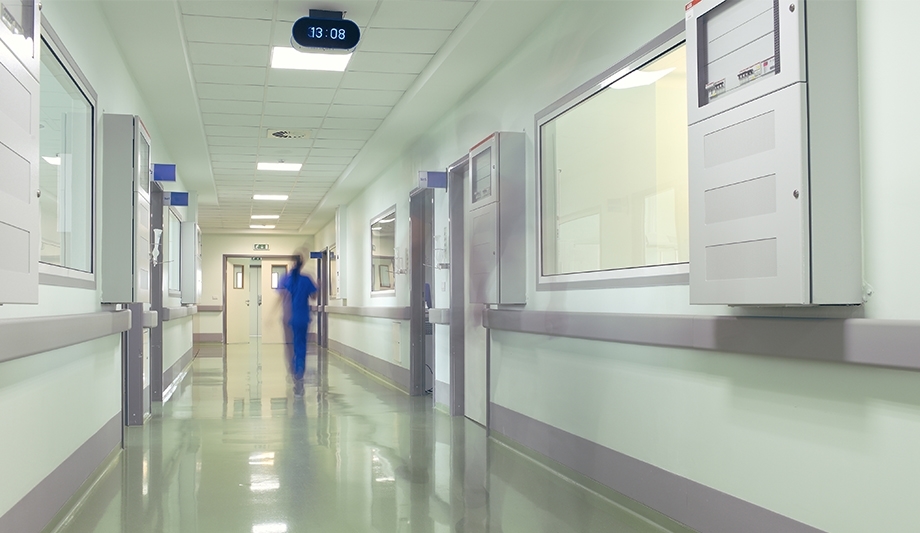Today’s healthcare environment requires facilities to take measures to safeguard medication storage areas for patient safety and confidentiality, meeting regulatory compliance standards while meeting patient privacy expectations. Innovative solutions have emerged like smart medicine cabinet locks to address access control and streamline security protocols more effectively.
Understanding Access Control in Healthcare Facilities
Access control refers to a collection of measures meant to regulate and supervise access to sensitive areas within healthcare facilities. Access control aims to establish a safer environment by restricting who and under what conditions may enter certain locations. As part of healthcare facilities’ management procedures, access control measures play an integral role in safeguarding patient well-being while upholding medical supplies’ integrity.
Medication storage units need tight security to avoid unintended access and potential injury to their users. By adopting access control measures within healthcare facilities, these safeguards may reduce risks such as theft, tampering, or unintended distribution, thus safeguarding patients while upholding supply integrity.
Effective access control measures go beyond simply restricting physical entry; they encompass comprehensive policies and procedures aimed at managing permissions, monitoring activity, and responding to security incidents. Healthcare facilities might use technologies like electronic smart locks, biometric authentication systems, or surveillance cameras to strengthen access controls while meeting regulatory standards. Access controls should also be integrated into wider security strategies with employee training programs, risk analyses, or incident response protocols as part of larger security strategies.
Regulatory Standards and Compliance Requirements
Healthcare facilities must comply with various compliance standards and requirements imposed upon them, including those set forth by HIPAA and HITECH Act regulations. This may involve installing access control measures designed to secure patient records as well as medication storage areas.
Adherence to these standards necessitates healthcare facilities drafting custom policies and procedures specific to their own specific needs and operational requirements, and conducting regular audits to assess existing access control measures’ efficacy as well as identify areas for enhancement.
Best Practices for Implementing Access Control Measures
Healthcare facilities that wish to comply with regulatory standards and strengthen medication security must employ best practices when implementing access control measures, which include conducting risk analyses to pinpoint vulnerabilities as well as creating clear policies and procedures regarding access. Employee training on secure access protocols as well as general security awareness training is vital in creating an atmosphere of safety within an organization.
Healthcare facilities must prioritize adopting technology-driven security solutions like electronic smart locks into their security operations to expand access control capabilities and streamline security operations more effectively than ever. By harnessing such innovative tools, healthcare organizations can increase efficiency while decreasing risks more rapidly and protecting patient well-being more securely than ever.
Integrating Technology Solutions
Electronic smart medicine cabinet locks have emerged as technologically sophisticated solutions for improving access control in healthcare settings. Utilizing sophisticated biometric authentication and real-time monitoring technology, smart locks offer increased security and efficiency compared to their predecessors – helping healthcare facilities reduce medication theft or misuse and maintain patient health and well-being. By adding smart lock systems into medication storage units, healthcare facilities can improve access control while decreasing risks of medication theft or misuse.
Electronic smart locks also feature remote monitoring and audit trails, making it possible for healthcare administrators to keep an eye on access activity and maintain accountability. As technology develops further, healthcare facilities must adapt by adopting innovative solutions to address security threats while complying with all relevant regulations.
Ensuring User Adoption and Compliance
Healthcare facilities must strive to foster user adoption and compliance with access control measures as part of a larger strategy to maximize effectiveness while mitigating security breaches. This involves communicating policies about access controls effectively to employees as well as training on using smart lock systems efficiently. By cultivating an atmosphere of safety and responsibility within healthcare organizations, effective access control initiatives may increase in effectiveness while decreasing security breach risks.
Education and training programs for healthcare staff members are critical in keeping up-to-date on current security protocols and best practices, in addition to equipping staff members with the knowledge necessary for effectively using access control systems within healthcare facilities, which will enhance security while protecting patient confidentiality while meeting regulatory compliance standards.
Conclusion
Access control measures play an integral part in safeguarding medication storage areas within healthcare facilities. Innovative technologies, like smart medicine cabinet locks, offer enhanced access control capabilities that enable healthcare organizations to meet regulatory standards while safeguarding patient well-being. As healthcare continues its evolution, prioritizing access control initiatives and investing in technology-driven solutions is necessary for achieving compliance and upholding patient safety and confidentiality in healthcare environments. By understanding its significance for their commitment to patient safety.






